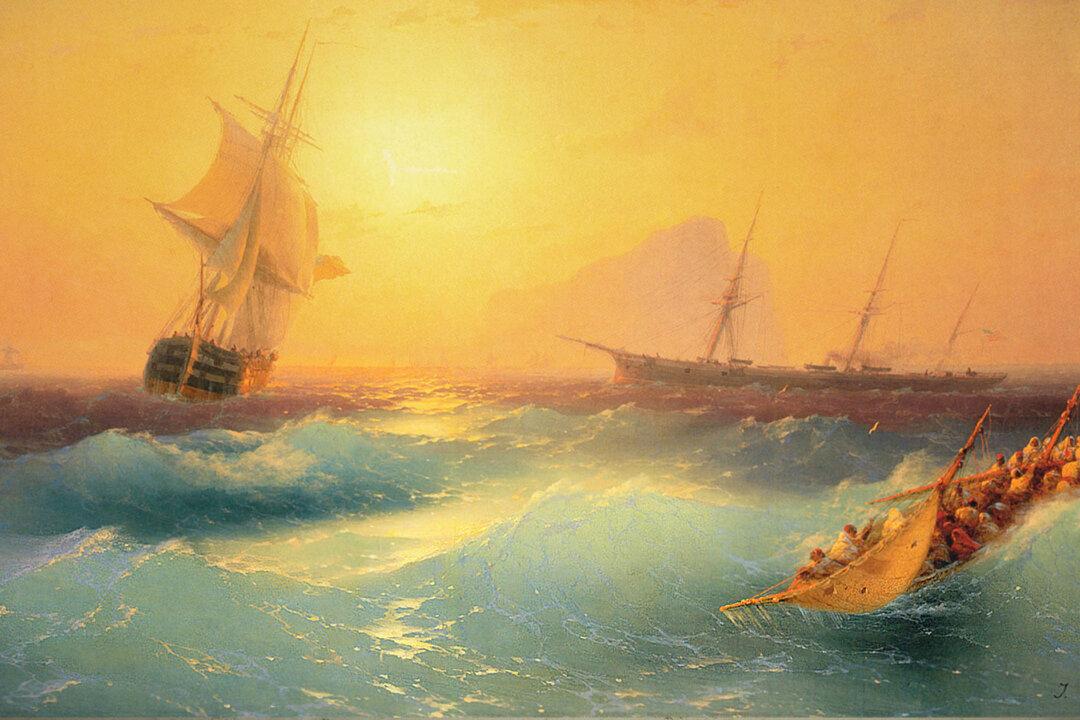A true trailblazer in the world of oil painting, Russian artist Ivan Aivazovsky produced almost magical results in his seascapes, so masterfully did he wield his brush. Looking at his works, one can almost taste the salty ocean spray.
Over his lifetime, Aivazovsky amassed around 6,000 finished works, over half of which were maritime subjects. Blessed with an eye and a hand for portraying the movement and translucence of waves, the artist succeeded in capturing on canvas the roiling, foaming essence of the sea.






